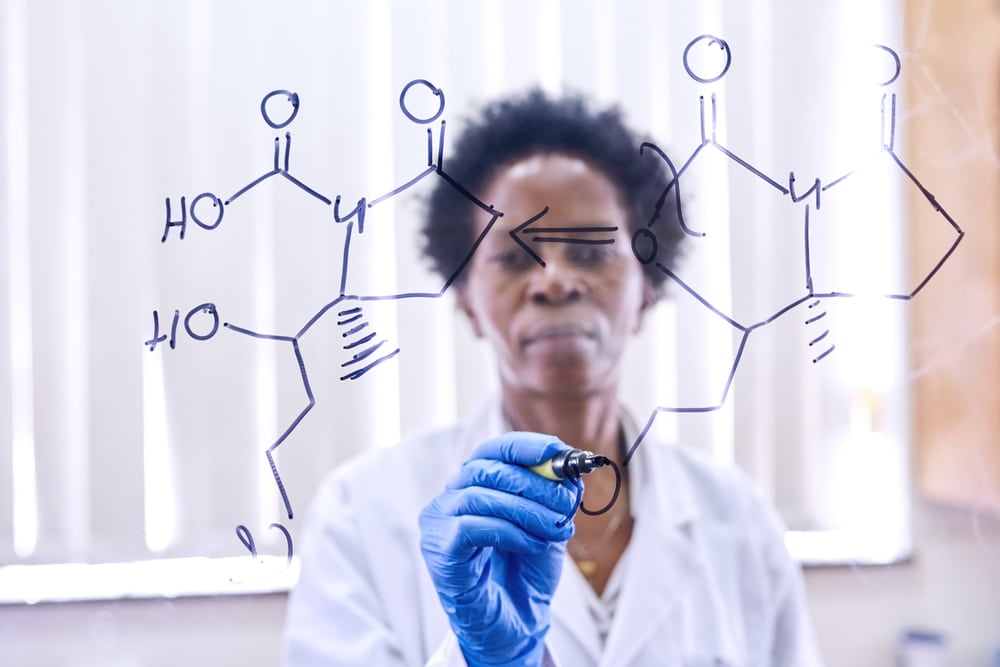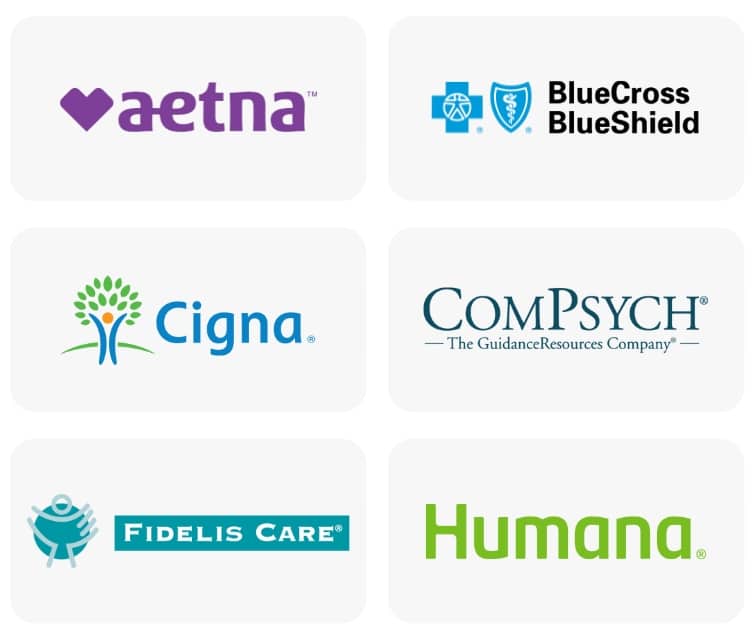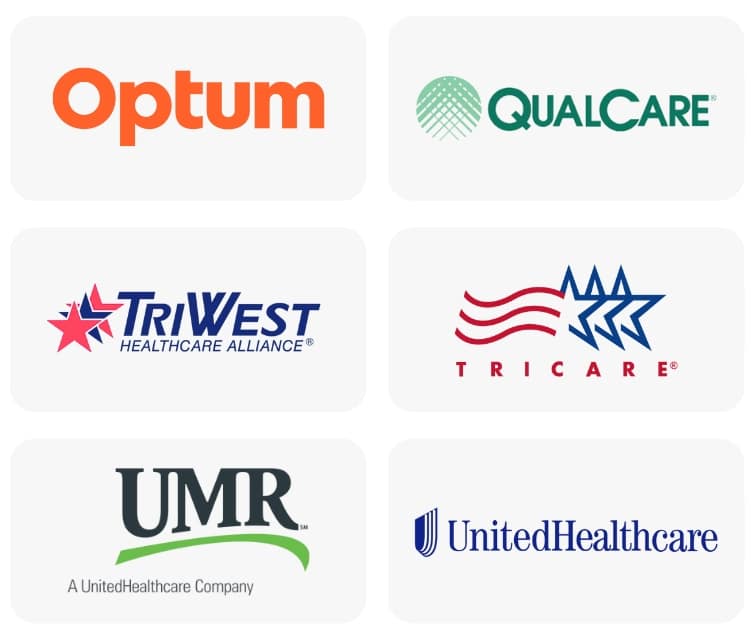Skip To Section
Partial opioid agonists represent a significant advancement in the management of pain and the treatment of opioid use disorders. These medications operate on the same receptors in the brain as traditional opioids, but with a crucial difference: they elicit a lower response, reducing the risk of dependency while still providing relief from pain. This unique mechanism makes partial opioid agonists an essential tool in both clinical and recovery settings, offering patients an alternative with fewer side effects and a lower potential for abuse.
However, understanding their use, effects, benefits, and associated risks is critical for healthcare providers and patients alike. As we delve into the world of partial opioid agonists, we’ll explore how these drugs can be used responsibly to manage pain and aid in recovery, while also addressing the necessary precautions to minimize the risk of misuse.

What’s the Difference Between Full Opioid Agonists and Partial Opioid Agonists?
Understanding the difference between full opioid agonists and partial opioid agonists is crucial for both medical professionals and patients navigating pain management or addiction treatment.
Full opioid agonists are drugs that bind to and fully activate opioid receptors in the brain, leading to a more significant analgesic effect or pain relief. These substances can provide substantial pain relief but also carry a higher risk of dependency, tolerance, and overdose due to their potent activation of the brain’s reward system.
On the other hand, partial opioid agonists also bind to opioid receptors but only partially activate them. This partial activation can still provide pain relief but generally produces a lower risk of abuse, addiction, and side effects compared to full agonists.
The distinction between these two types of opioids is critical in various therapeutic contexts. While full agonists are powerful tools for managing severe pain, their potential for abuse and overdose necessitates careful monitoring and control. Partial agonists offer an alternative that can be safer for long-term use, particularly in addiction recovery settings where mitigating dependency risks is paramount.
Full Opioid Agonists
Full opioid agonists include well-known legal and illegal drugs:
- Heroin
- Fentanyl
- Hydrocodone
- Methadone
- Morphine
- Oxycodone
- Opium
Full opioid agonists bind tightly to the brain’s opioid receptors. They produce a full opioid effect on your brain and body.
Some full agonists are illegal in the United States, and others have been approved for very specific cases and only when prescribed by a doctor.
Partial Opioid Agonists
Just like opioids, partial opioid agonists also activate the opioid receptors in the brain. But they are much weaker than a full agonist, which means they don’t produce the same euphoric effects as drugs like heroin, oxycodone, or morphine.
Unlike full opioid agonists, these drugs can help reduce drug cravings and uncomfortable withdrawal symptoms. However, it’s important to note, these medications are all controlled substances that require a prescription from a healthcare provider. It’s important to use these medications exactly as prescribed and monitor for any potential side effects.
Types of Partial Opioid Agonists
Partial opioid agonists represent a unique category of medications used in the management and treatment of opioid addiction and pain management.
Examples of partial opioid agonists include:
- Buprenorphine
- Butorphanol
- Tramadol
- Pentazocine
These substances work by binding to the same receptors in the brain as opioids, but they activate these receptors to a lesser degree than full agonists do. This allows them to mitigate cravings and withdrawal symptoms in individuals with opioid dependence without producing the same level of euphoria or respiratory depression that is typically associated with opioid abuse, making them a safer alternative for long-term treatment.
Buprenorphine
One of the most commonly known partial opioid agonists is buprenorphine. Buprenorphine’s ability to reduce withdrawal symptoms and cravings while having a ceiling effect on euphoria makes it an effective tool in medication-assisted treatment (MAT) strategies for opioid use disorder (OUD).
By partially stimulating the opioid receptors, buprenorphine can help stabilize patients and support their recovery journey without the high risk of overdose that comes with full opioid agonists.
While receiving buprenorphine in an MAT program, doctors can prescribe the medication in many different forms including:
- Tablet
- Film strips placed under the tongue to dissolve
- Buccal films placed in the inner cheek to dissolve
- Under-the-skin implants
- An extended-release injection
This variety of administration methods makes buprenorphine especially useful in long-term use for addiction recovery. It is also considered a safer option compared to full opioid agonists due to its partial agonist properties.
However, it is still important for individuals using buprenorphine to follow their treatment plan closely and not misuse the medication. Buprenorphine can also cause dependence over time, but this risk is typically lower compared to full opioid agonists.
Butorphanol
Butorphanol can treat moderate to severe pain and migraines. Anesthesiologists may give it to patients during surgery or the early stages of labor. It’s available in tablet form or as a nasal spray.
As a partial opioid agonist, it works by binding to and activating opioid receptors in the brain, but with less intensity than full agonists like morphine. This means that it can provide pain relief without causing the same level of euphoria or sedation as other opioids. Additionally, Butorphanol also acts as an antagonist at kappa opioid receptors which may help reduce cravings and decrease the risk of relapse in individuals struggling with addiction.
Tramadol
Tramadol treats moderate or severe pain. It comes in both tablet and capsule form. People can also take it as an extended-release tablet, which is taken once a day. It works by binding to opioid receptors and inhibiting the reuptake of serotonin and norepinephrine. This helps reduce pain signals in the brain.
As a partial opioid agonist, Tramadol has a lower potency and less potential for abuse compared to full opioid agonists like morphine. This makes it a popular alternative for individuals who need pain relief but want to lower the risk of dependency.
Pentazocine
Pentazocine treats moderate or severe pain. It can be combined with naloxone or acetaminophen, which can help prevent people from misusing it. As a result, it acts as both an opioid agonist and antagonist, meaning it activates some opioid receptors while blocking others. This unique mechanism of action makes it less likely to cause addiction or dependence compared to other opioids.
Partial Opioid Agonists in Medication-Assisted Treatment
Partial opioid agonists play a pivotal role in medication-assisted treatment (MAT) programs, offering a new lease on life for individuals struggling with opioid dependence. According to the DEA, the leading medications in this category include:
- Suboxone®
- Zubsolv®
- Sublocade®
Each of these medications all use buprenorphine to alleviate withdrawal symptoms and reduce cravings without delivering the euphoric high associated with opioid misuse.
Suboxone®
Suboxone®, a combination of buprenorphine and naloxone, is particularly effective in managing opioid dependency. Buprenorphine acts on the brain’s opioid receptors to mitigate withdrawal discomfort, while naloxone guards against misuse. This dual-action approach makes Suboxone® a cornerstone of many MAT programs, providing patients with a safer path towards recovery.
Zubsolv®
Zubsolv® offers similar benefits but in a different formulation that some patients may find more palatable or effective due to its unique bioavailability. Like Suboxone®, it combines buprenorphine and naloxone; however, Zubsolv® is designed for sublingual administration and boasts a faster dissolution rate, which can be crucial for ensuring adherence to the treatment plan.
Sublocade®
Sublocade®, on the other hand, introduces an innovative approach by administering buprenorphine as a once-a-month injection rather than daily pills or films. This long-acting formulation not only simplifies treatment but also removes the daily reminder of dependency, allowing individuals to focus more fully on their recovery journey.
Is It Possible to Become Addicted to Full and Partial Opioid Agonists?
Not all opioids are created equally, but all of them can be habit-forming. Full opioid agonists carry the highest risk for misuse because they are so powerful. Partial opioid agonists are weaker and lose their effectiveness at higher doses. When taken as prescribed, partial opioid agonists can significantly reduce problems associated with cravings and withdrawal.
For example, buprenorphine contains naloxone, which can reverse the effects of injected opioids.
Some people take these medications during the detox phases of treatment. Others continue taking them long-term. Your doctor and treatment team will work with you to discuss the best strategy for your care.
While anyone can become addicted to partial opioid agonists, the risk increases if you:
- Get them and use them illicitly (without a prescription)
- Inject or snort them
- Remove some or all of the dose from your mouth to use later (when not under supervision)
- Use the medication without any other form of substance abuse treatment
MAT is most successful when you have it along with other treatment strategies. Taking the medication alone is rarely enough for sustainable change. Many people benefit from individual therapy, inpatient or outpatient treatment, and self-help groups.
"*" indicates required fields
Fill out the form below and one of our admissions team members will reach out to you:
"*" indicates required fields
What Happens If You Misuse Your Partial Opioid Agonist?
All opioid misuse can be inherently risky. It’s important to seek help if you think you’re abusing your partial opioid agonist. When dealing with misuse, treatment providers may:
- Request that you come in for check-ups more frequently
- Provide smaller doses of the drug if it is part of MAT
- Help you establish an appropriate support system
- Refer you to therapy or other clinical services
At Footprints to Recovery, we can help treat you or your loved one’s opioid use disorder. We understand the perils of addiction and how overwhelming it can feel to get started in recovery. We are here to walk you through everything you need to know and answer all your questions. Reach out to us today to learn more.
Get Help for Opioid Abuse
If you or a loved one is abusing a partial opioid agonist or is struggling with an opioid addiction, know that help is available.
Footprints to Recovery recognizes the challenges and complexities of overcoming opioid addiction. Our team of skilled professionals is committed to crafting personalized treatment plans tailored to your unique needs. Contact us today to learn more about our opioid addiction treatment services and take the first step toward a healthier future.
- Opioid Agonists, Partial Agonists, Antagonists: Oh My!
- Opioid Antagonist – an overview | ScienceDirect Topics
- What is Buprenorphine? Side Effects, Treatment & Use | SAMHSA
- Buprenorphine Is a Weak Partial Agonist That Inhibits Opioid Receptor Desensitization – PMC
- Stadol (Butorphanol Tartrate): Side Effects, Uses, Dosage, Interactions, Warnings
- Tramadol: MedlinePlus Drug Information
- Pentazocine – LiverTox – NCBI Bookshelf
- Pentazocine: MedlinePlus Drug Information
- Buprenorphine – DEA
Our admissions team is available 24/7 to listen to your story and help you get started with the next steps.



